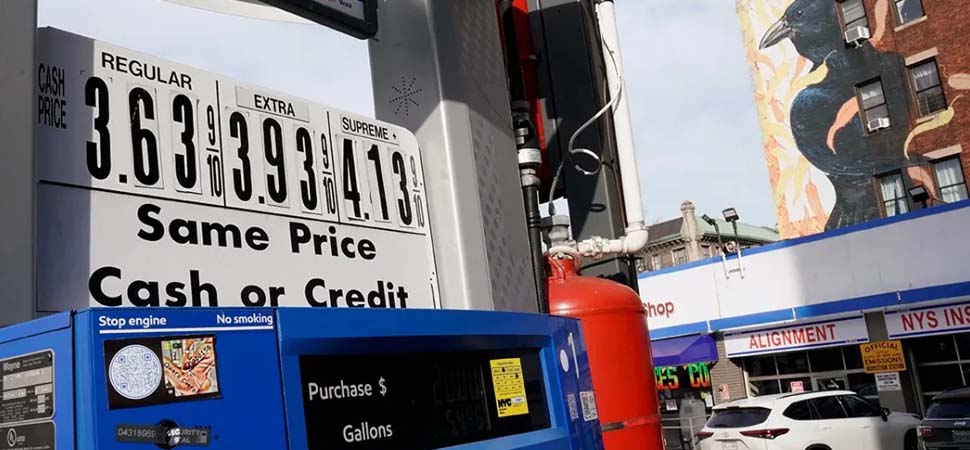The Consumer Price Index (CPI) is one of the key indicators of a country’s economic health. A decline in the CPI can indicate a slowdown in inflation, which has a significant impact on various aspects of the U.S. economy. This process has both positive and negative effects, affecting consumers, businesses, and public policy.
Slowing inflation: A boon for consumers
Lower CPI is often associated with weaker inflation, which has a positive impact on the purchasing power of the public. Slower price growth allows households to save money on everyday expenses such as food, fuel and rent. This contributes to an increase in disposable income, which in turn can boost consumer spending.
However, a low US consumer price index can also reflect a drop in demand for goods and services. For instance, if the decline in the index is tied to falling energy prices, it may signal challenges within the energy sector, potentially resulting in job losses and reduced incomes in that industry. Additionally, such trends can have ripple effects across related sectors, amplifying economic uncertainty.
Impact on business and the labour market
For businesses, lower CPI can mean lower production costs, especially if raw material and energy prices fall. This creates favourable conditions for expanding production and investment. Companies can redirect the savings to develop new technologies or increase wages.
However, in some cases, a decline in CPI can signal deflation – a decline in the general price level. Deflation can lead to a slowdown in economic activity as consumers postpone purchases in anticipation of further price declines. This, in turn, can lead to lower corporate profits, lower employment and a stagnant labour market.
Role of the Federal Reserve
A decline in CPI has a direct impact on the Federal Reserve’s (Fed) monetary policy. If inflation slows to below the target 2%, the Fed can relax its policy, such as lowering interest rates. This makes credit more available, which encourages business investment and consumer spending.
However, excessively low CPI may force the Fed to take additional measures to stimulate the economy, such as quantitative easing (QE) programmes. This increases the amount of liquidity in the economy, but can cause undesirable side effects, including rising government debt and overheating financial markets.
Conclusion: The balance between growth and stability
A decline in the Consumer Price Index has both positive and negative effects on the US economy. For consumers, it can mean stronger purchasing power, and for businesses, it can mean lower costs. However, an excessively low CPI can signal economic problems such as deflation or reduced demand.
To maintain economic balance, it is important that the Fed and other regulators act effectively, using monetary policy tools to stimulate growth and prevent economic stagnation. Ultimately, a stable level of CPI is essential to ensure the long-term economic health and sustainable development of the United States.




